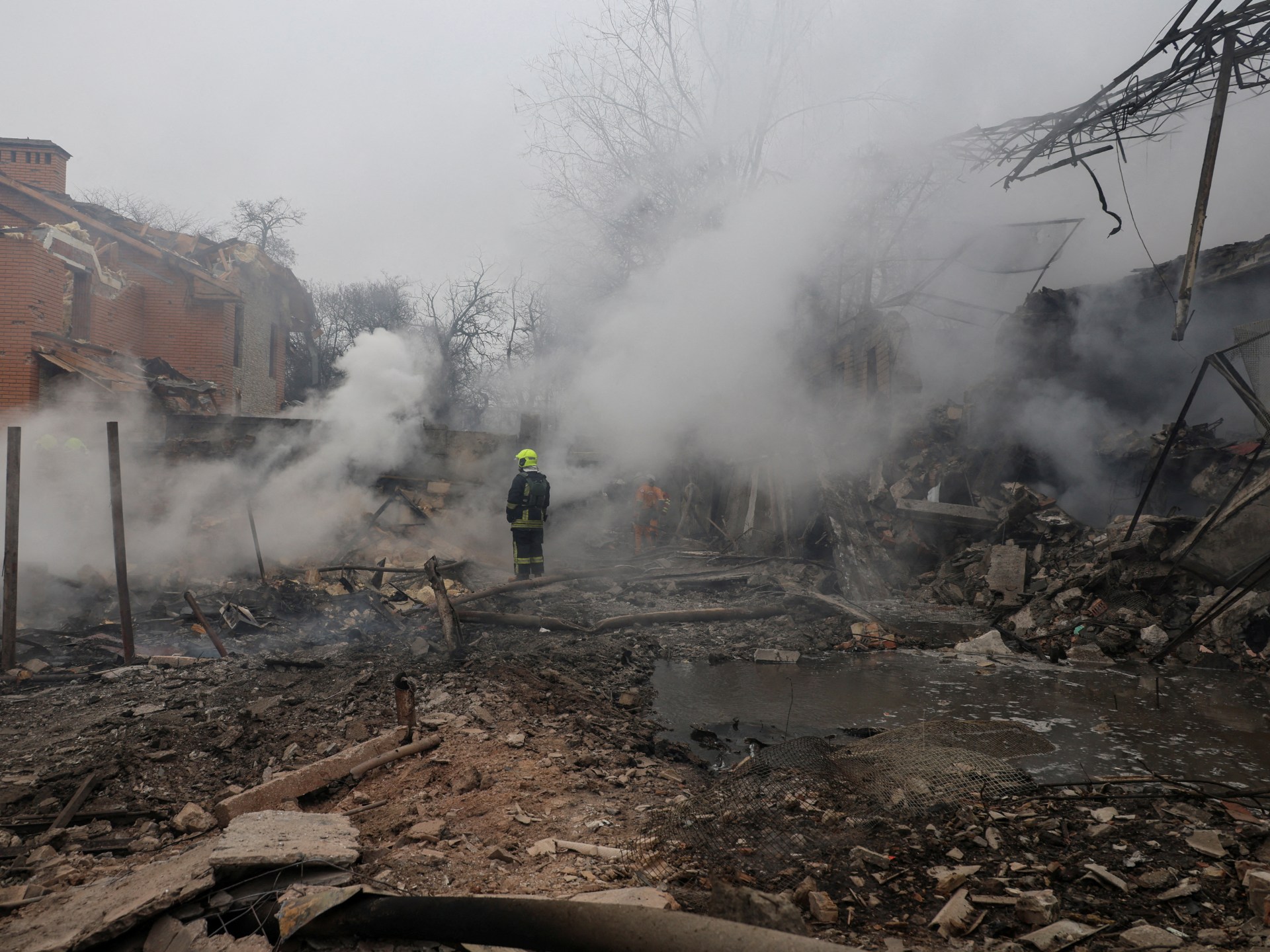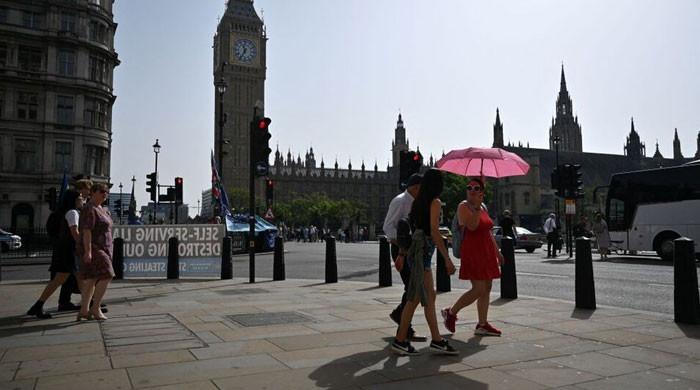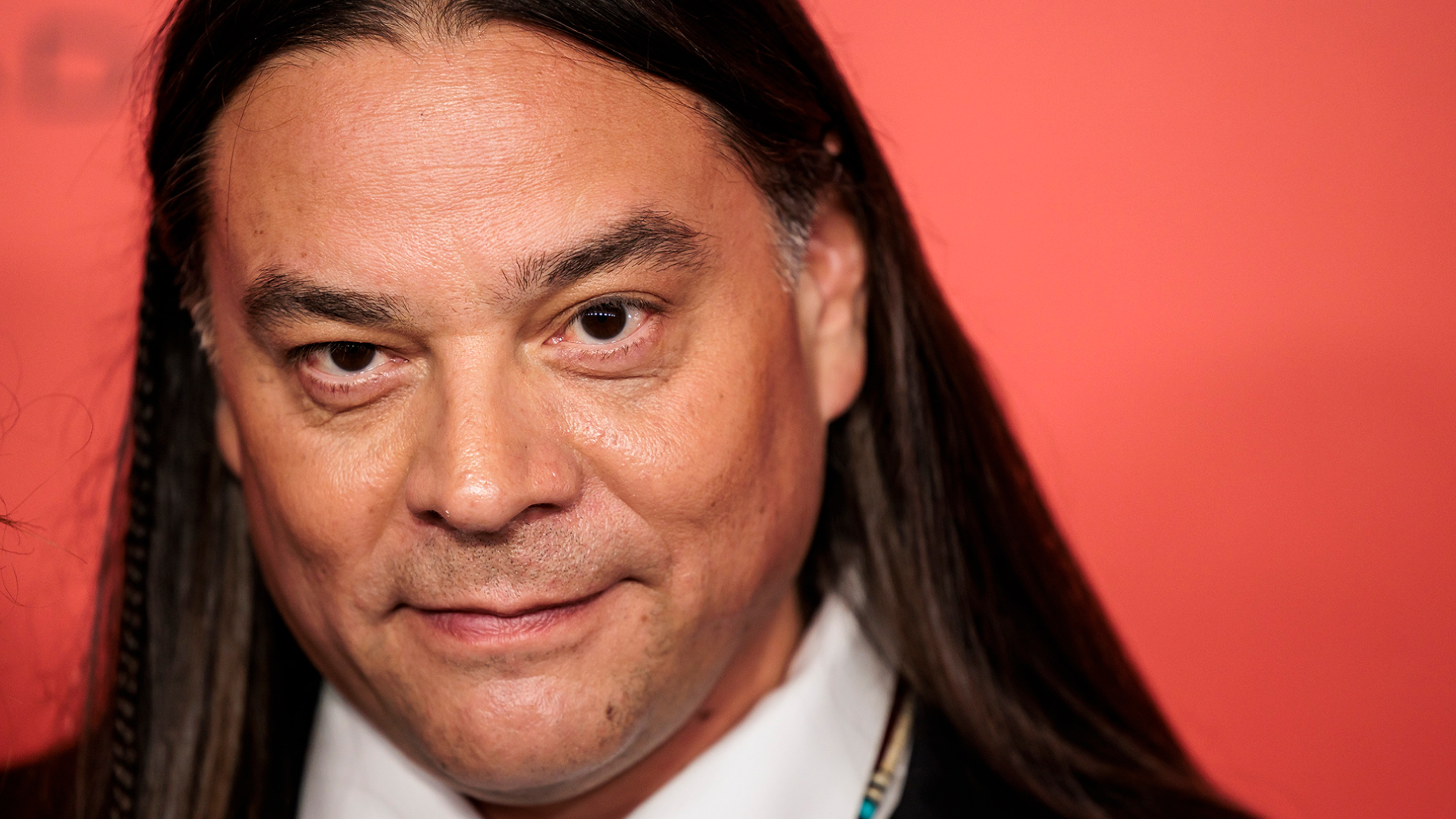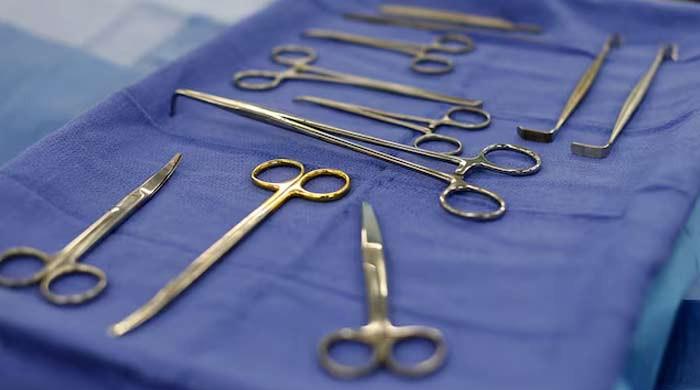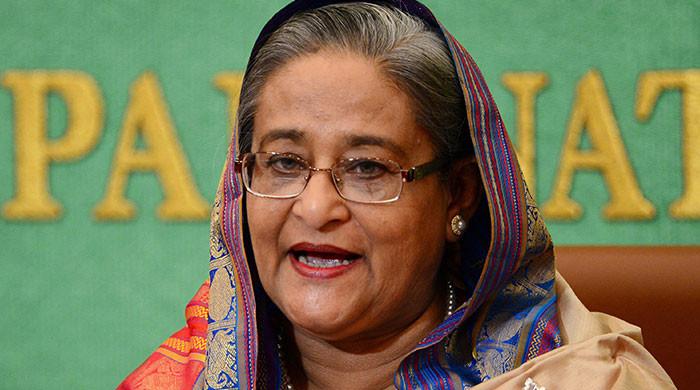It's been a busy few weeks for Democrats in the United States.
Less than a month ago, current President Joe Biden announced he was withdrawing from the 2024 presidential race amid concerns about his age and ability to defeat his Republican rival and predecessor Donald Trump.
Biden's vice president, Kamala Harris, has since emerged as the Democratic Party's presidential nominee, buoyed by a wave of support from broad segments of the party's base and members of Congress.
Harris's selection of Minnesota Gov. Tim Walz as her vice presidential running mate also galvanized Democrats and spurred tens of millions of dollars in new donations, according to her campaign.
The party will now gather in Chicago for the Democratic National Convention, a tradition during presidential election years. Democrats hope the convention will serve as a strong show of unity as party members coalesce around the Harris-Walz ticket less than three months before Election Day.
But what exactly does the convention have in store for us this year? Here's what you need to know.
What exactly is the Democratic National Convention?
The Democratic National Convention, held every four years, is a meeting to formally select the party's candidates for president and vice president.
Democrats also vote on the party platform and other procedures, but the convention really serves as a way to build enthusiasm for the Democratic ticket.
This year's convention will begin on August 19 and run through August 22 in Chicago, Illinois.
Haven't Harris and Walz already been confirmed as candidates for 2024?
Yes, but things are different this year.
The Democratic National Committee (DNC) announced on August 6 that Harris and Walz had been formally certified as candidates for president and vice president, respectively.
That's because Democrats held a virtual roll call vote earlier this month.
During that slate, Harris earned the support of a majority of Democratic delegates, people who typically cast votes for the presidential nominee at the convention based on the results of primaries and caucuses.
Normally, the official roll call vote takes place at the convention, but this year, the party opted for a virtual roll call vote beforehand because Democrats had expressed concern that Harris could be left off the ballot in Ohio due to a procedural issue.
Will there then be a roll call vote at the convention?
According to the Democratic National Committee, yes.
But the committee says the vote will be “ceremonial” since Harris and Walz have already been confirmed.
Convention Chair Minyon Moore said on Aug. 6 that Democratic delegates “will celebrate this historic nomination with a ceremonial slate and tell the story of Vice President Harris, Governor Walz, and the Democratic Party as we prepare to defeat Donald Trump once again.”
Trump was officially confirmed as the Republican Party's nominee at the Republican National Convention in July. His running mate, U.S. Senator J.D. Vance, was also named and confirmed at last month's convention.
It's official! I just signed the documents to certify the Vice President @KamalaHarris for the vote as our Democratic Party candidate for president.
Let's make history this November! image.twitter.com/Isymkud833
— Jaime Harrison (@harrisonjaime) August 6, 2024
What else is scheduled and who will be attending?
Along with Democratic delegates and other party members, Democratic lawmakers are expected to participate in the four-day convention.
While a full schedule of speakers has yet to be released, US media reported that Biden, who endorsed Harris after she dropped out of the race late last month, will be the keynote speaker on the first night of the convention on August 19.
Harris and Walz are also expected to give speeches. The vice presidential candidate will address the crowd on August 21 and the presidential candidate will close the event on August 22.
Organizers estimate that around 50,000 people will flock to Chicago for the event.
Is there anything else to look forward to?
While Democrats have largely coalesced around Harris since she launched her White House campaign last month, she continues to face calls to break with the Biden administration's policies on Israel and the Gaza war.
As a result, Harris is expected to face large demonstrations on the sidelines of the convention, as protesters demand an end to the war and unconditional US support for Israel.
For months, protesters have demanded that Washington stop sending arms to Israel while bombing the Palestinian coastal enclave. The Israeli war has killed nearly 40,000 Palestinians and caused a humanitarian catastrophe.
The Coalition to March Against the Democratic National Convention, a coalition of activist groups, has planned marches for August 19 and 22. “The fact that the Democratic Party leadership is changing its presidential candidate does not wash the blood of more than 50,000 Palestinians from its hands,” it says on its website.
“The entire Biden administration, along with senior members of the Democratic Party across the country, has spent the last ten months wholeheartedly supporting the genocide in Gaza with our tax dollars,” the coalition said.
“It is a matter of historic urgency that all organizations fighting for the rights of workers and the oppressed in the United States join us in this demonstration in solidarity with Palestine.”
Chicago is home to one of the largest Palestinian-American communities in the country, and many locals are expected to take part in the marches.
Have there been protests at other conventions before?
Absolutely.
Last month, outside the Republican National Convention, protesters took to the streets of Milwaukee, Wisconsin, to denounce Trump and his Republican Party for their stances on abortion, the Gaza war and other issues.
But possibly the best-known protest occurred at the 1968 Democratic National Convention, also in Chicago.
Protesters calling for an end to the Vietnam War attempted to march toward the convention site but were met with heavy-handed repression by thousands of police, National Guardsmen and other law enforcement officers.
The violence threw the Democratic Party into chaos ahead of that year's election, which was eventually won by Republican Richard Nixon.


